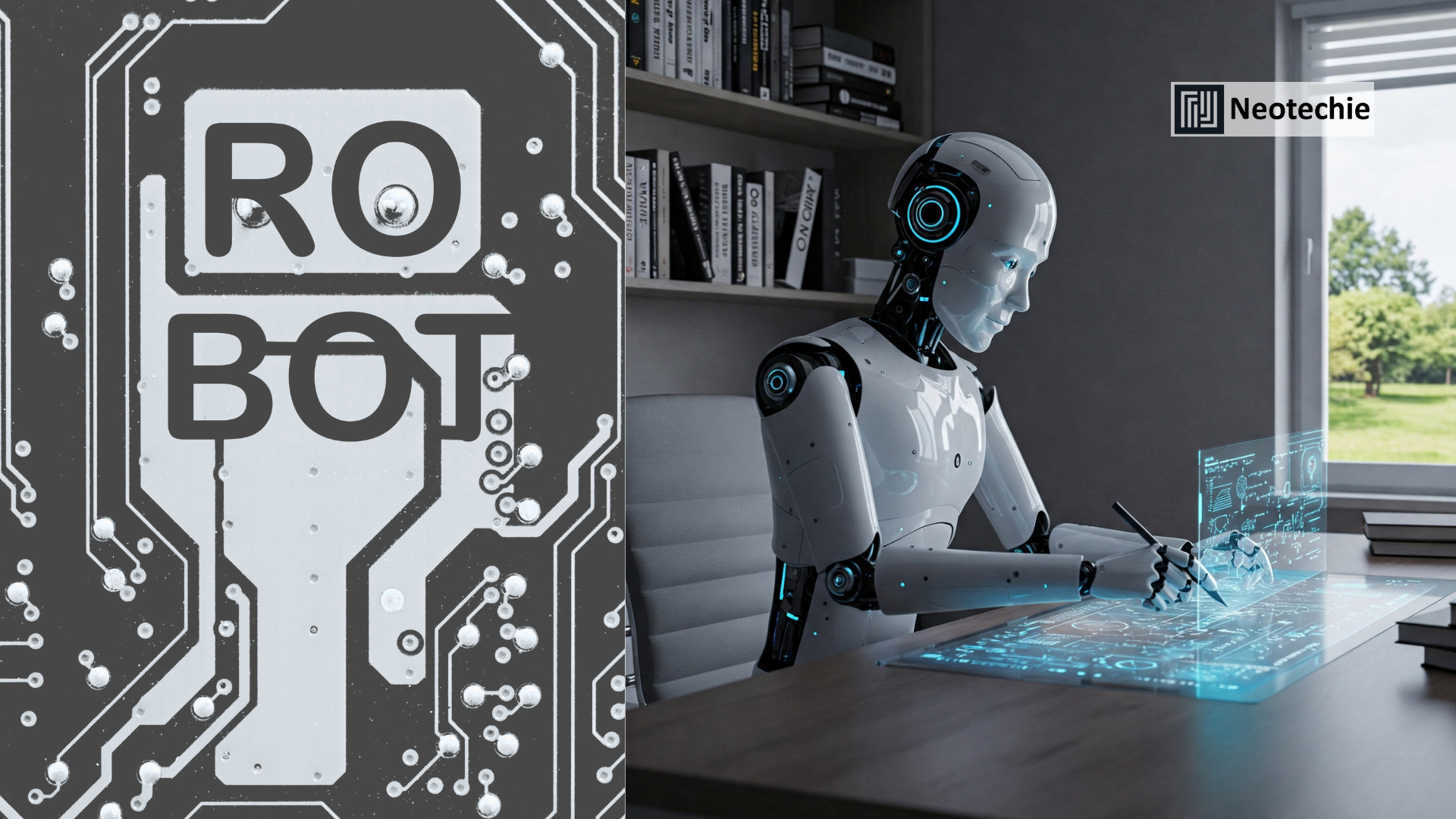Scaling RPA to Intelligent Automation: Transition Path from Rule‑Based Bots to AI‑Driven Workflows
What is Intelligent Automation?
Robotic Process Automation (RPA) began as a way to mimic human keystrokes and clicks for repetitive, rules-based tasks. While this was groundbreaking, it had limitations: bots struggled when processes involved unstructured data, dynamic decision-making, or contextual understanding. Intelligent Automation (IA) evolves RPA by embedding Artificial Intelligence (AI) and Machine Learning (ML) into workflows, enabling bots to learn, adapt, and handle complexity.
In essence, Intelligent Automation is the convergence of RPA with cognitive technologies such as Natural Language Processing (NLP), computer vision, and predictive analytics. This makes automation smarter, more scalable, and better suited to modern enterprises.
Why Scaling RPA to Intelligent Automation Matters
- Expanding Scope Beyond Rules
Traditional RPA is confined to structured data and predictable patterns. By layering AI, organizations can automate tasks involving unstructured data like emails, invoices, and voice notes. - Driving Strategic Value
While RPA alone cuts costs, Intelligent Automation enables digital transformation at scale, driving innovation and long-term competitive advantage. - Enabling End-to-End Automation
IA connects front-office, middle-office, and back-office processes, delivering seamless workflows across functions such as HR, finance, and customer service. - Enhancing Customer Experience
AI-infused bots can interact naturally with customers, process contextual information, and deliver faster, personalized responses. - Sustaining Automation Programs
RPA often stalls after initial pilots. Intelligent Automation provides the adaptability needed to scale from dozens of bots to enterprise-wide deployments.
How to Transition from RPA to Intelligent Automation
- Evaluate Current Automation Maturity
Businesses must assess how far their existing RPA deployments have gone. Are bots limited to isolated tasks, or are they integrated into wider workflows? - Integrate AI Capabilities
Introduce technologies such as NLP for understanding text, computer vision for interpreting images, and ML for predictive decision-making. - Leverage Process Discovery and Mining
Tools powered by AI identify automation opportunities across the enterprise and highlight processes that benefit most from cognitive capabilities. - Create a Unified Automation Platform
Instead of managing RPA and AI separately, bring them under one governance framework, ensuring scalability, monitoring, and security. - Focus on Change Management
Transitioning requires not only technology upgrades but also organizational readiness. Teams must be trained to collaborate with intelligent bots.
Driving Business Transformation: Use Cases of Intelligent Automation
Example 1: Banking and Financial Services
Traditional RPA bots process structured loan applications quickly, but intelligent automation can analyze unstructured documents (like income proofs and bank statements), run fraud detection models, and provide creditworthiness scores. This reduces loan approval times from days to hours.
Example 2: Healthcare
While RPA handles appointment scheduling and billing, intelligent automation uses AI to extract patient data from diagnostic reports, flag anomalies, and support doctors in decision-making. This elevates patient care quality while streamlining administration.
Example 3: Retail
Retailers use IA to combine RPA-based inventory management with AI-driven demand forecasting. Bots automatically trigger reorders, ensuring products are available when needed while reducing excess stock.
Example 4: Insurance
Claims processing traditionally involves manual document verification. Intelligent bots can interpret claim photos using computer vision, detect inconsistencies, and recommend approvals or escalations. This speeds up settlements while reducing fraud.
How Neotechie Enables Scaling to Intelligent Automation
Neotechie specializes in bridging the gap between rule-based automation and AI-driven intelligence. Our framework ensures businesses don’t just adopt automation—they scale it intelligently.
- AI-Integrated RPA Solutions: We enhance existing RPA deployments with AI modules such as NLP, OCR, and predictive analytics.
- Discovery + Autopilot: Our discovery bots and AI autopilot capabilities identify evolving processes and continuously feed automation opportunities into the pipeline.
- End-to-End Orchestration: From front-office customer service chatbots to back-office compliance workflows, Neotechie orchestrates seamless IA ecosystems.
- Governance and Compliance: We embed strong monitoring, audit trails, and compliance checks to ensure enterprise-grade IA deployments.
- Scalability by Design: Our solutions are architected to expand with your enterprise, avoiding the common RPA plateau.
Business Impact of Scaling to IA
- Efficiency Gains: Automations extend beyond repetitive tasks to knowledge-driven processes.
- Customer Delight: Faster, smarter responses create memorable experiences.
- Agility: Intelligent bots adapt to evolving processes, ensuring future-readiness.
- Cost Savings: Reduced reliance on human intervention lowers costs while improving accuracy.
- Innovation Enablement: Teams are freed to focus on higher-value innovation and strategy.
Why Neotechie?
- Holistic Expertise: Deep experience in both RPA and AI ensures seamless transition.
- Proven Transformations: From healthcare to finance, Neotechie has scaled automation successfully.
- Tailored Strategies: Every solution aligns with your industry, compliance needs, and growth objectives.
- Continuous Evolution: Our AI-driven discovery ensures automation pipelines stay dynamic.
How Businesses Can Get Started
- Maturity Assessment: Neotechie evaluates your current RPA landscape.
- Pilot IA Projects: Begin with a high-value, AI-augmented automation.
- Expand Across Functions: Scale to multiple departments with robust governance.
- Continuous Monitoring: Track performance, retrain AI models, and improve bots.
- Enterprise-Wide Scale: Move from dozens of bots to hundreds, orchestrated across the organization.
Conclusion
Scaling RPA to Intelligent Automation is not just about upgrading technology—it’s about transforming how businesses operate. The transition allows organizations to shift from cost reduction to value creation, from isolated efficiency to holistic transformation.
Neotechie empowers enterprises to make this leap confidently. With AI-infused RPA, robust governance, and industry-aligned strategies, we help businesses evolve from rule-based automation to intelligent, adaptive ecosystems that drive growth and resilience.

